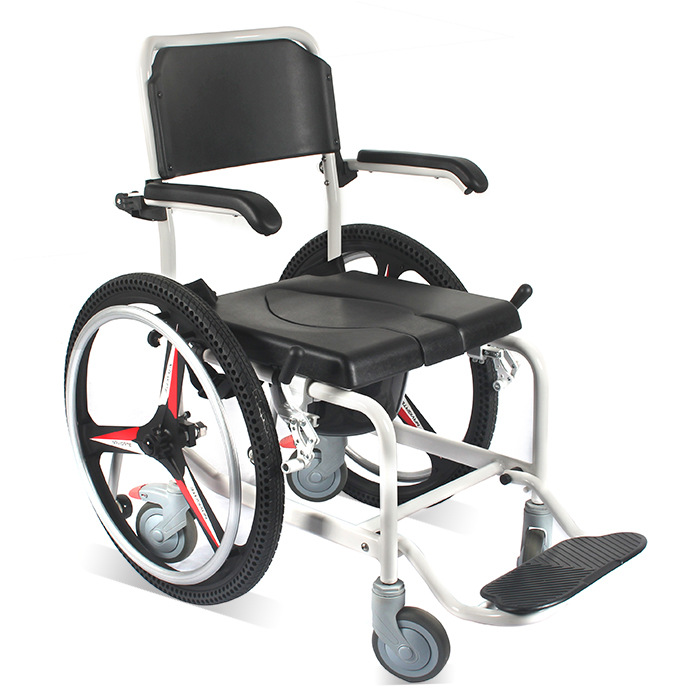The evolution of manual wheelchairs is a testament to the progress of assistive technology, engineering innovation, and a commitment to improving the lives of individuals with mobility challenges. Let’s trace the journey of manual wheelchairs from basic to advanced mobility solutions:
- Historical Beginnings: Early manual wheelchairs were simple wooden or metal frames with basic seating and limited maneuverability. These provided rudimentary mobility assistance.
- Folding Mechanisms: The introduction of folding mechanisms allowed manual wheelchairs to become more portable and convenient for transportation and storage.
- Materials Advancement: The shift from heavy materials to lightweight alloys like aluminum and titanium made manual wheelchairs easier to maneuver while maintaining durability.
- Ergonomic Design: Ergonomic seating, adjustable features, and improved cushioning enhanced user comfort and reduced the risk of pressure sores.
- Customization: Modern manual wheelchairs offer customization options for various body types and needs, ensuring a comfortable fit for each user.
- Sports and Recreation: Wheelchair sports led to the development of specialized manual wheelchairs optimized for performance in sports like basketball, rugby, and racing.
- Powered Assist Devices: Manual wheelchairs can be equipped with powered assist devices, such as add-on motors, to provide an extra boost for self-propulsion.
- Advanced Seating Technology: Manual wheelchairs now integrate advanced seating technology, such as pressure mapping and contouring, to optimize user comfort and prevent pressure sores.
- Smart Integration: Some manual wheelchairs incorporate smart technology, allowing users to monitor their mobility data, adjust settings, and even navigate using mobile apps.
- User-Centered Innovation: The evolution of manual wheelchairs is driven by a user-centered approach, ensuring that each advancement addresses specific user needs and enhances quality of life.
From humble beginnings to cutting-edge technology, the journey of manual wheelchairs reflects the ongoing commitment to innovation, accessibility, and improving the lives of individuals with mobility challenges.














